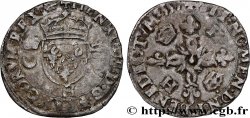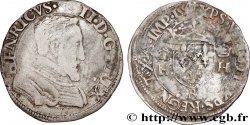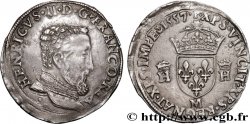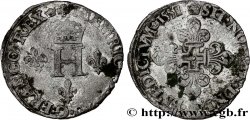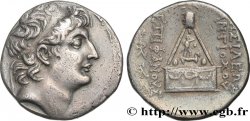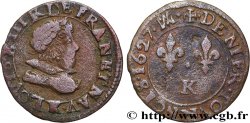Live auction - bry_399791 - HENRY II Écu d’or dit “aux croissants” n.d. Paris
Sie müssen angeschlossen sein und von cgb.fr genehmigt werden, um in einer E-Auktion teilzunehmen.Melden Sie sich an, um zu wetten..Die Kontobestätigungen sind innerhalb von 48 Stunden nach Ihrer Anmeldung gemacht.Warten Sie nicht bis die letzten zwei Tage vor dem Abschluss eines Verkaufs, um Ihre Registrierung abzuschließen. Klickend "BIETEN" verpflichten Sie sich vertraglich, diesen Artikel zu kaufen und Sie nehmen ohne Reserve die allgemeinen Verkaufsbedingungen für den live auctions zu cgb.fr an.
Der Verkauf wird an der Zeit auf der Übersichtsseite angezeigt geschlossen werden. Angebote, die nach der Schließung Zeit empfangen sind, werden nicht gültig.
Bitte beachten Sie, dass die Fristen für die Einreichung Ihres Angebots auf unsere Server können variieren und es kann zur Ablehnung Ihres Angebots entstehen, wenn es in den letzten Sekunden des Verkaufs gesendet wird. Die Angebote sollen mit ganzer Zahl ausgeführt sein, Sie können Kommas oder des Punktes in Ihrem Angebot nicht erfassen. Bei Fragen klicken Sie hier, um einen Blick auf die FAQ Live-Auktionen.
Alle Gewinngebote unterliegen einem Aufschlag von 18 % für Verkaufskosten.
Alle Gewinngebote unterliegen einem Aufschlag von 18 % für Verkaufskosten.
| Schätzung : | 12 000 € |
| Preis : | 7 977 € |
| Höchstgebot : | 7 977 € |
| Verkaufsende : | 27 September 2016 16:07:18 |
| Bieter : | 4 Bieter |
Type : Écu d’or dit “aux croissants”
Datum: n.d.
Name der Münzstätte / Stadt : Paris
Metall : Gold
Der Feingehalt beträgt : 958 ‰
Durchmesser : 25 mm
Stempelstellung : 12 h.
Gewicht : 3,37 g.
Seltenheitsgrad : R3
Kommentare zum Erhaltungszustand:
Cet écu est frappé sur un flan large et régulier. Flan légèrement voilé
N° im Nachschlagewerk :
Pedigree :
Exemplaire provenant de la collection L.G.
Vorderseite
Titulatur der Vorderseite (SOLEIL) HENRICVS II DEI G FRANCOR REX, (ROSE DANS LES C).
Beschreibung Vorderseite Écu de France couronné, accosté de deux croissants ; au-dessous un A.
Übersetzung der Vorderseite (Henri II, par la grâce de Dieu, roi des Francs).
Rückseite
Titulatur der Rückseite + CHRS VINCIT CHRS REGNAT CHRS IMP, (ROSE DANS LES DEUX PREMIERS C).
Beschreibung Rückseite Croix fleuronnée et fleurdelisée cantonnée aux 1 et 4 d’un croissant, aux 2 et 3 d’une H.
Übersetzung der Rückseite (Pour qu'il remplisse l'Univers).
Kommentare
L’une des monnaies les plus rares de la Renaissance française issue des premières frappes selon le procédé du moulin installé à Paris au moulin dit “des étuves” qui était située sur la Seine, en face de l’ancienne Monnaie qui se trouvait sous l’actuelle Samaritaine. Cette monnaie sans millésime a été frappée en 1552, suite à l’importation du procédé du balancier importé depuis Augsbourg par l’ambassadeur de Marillac. Les exemplaires sans millésime, d’après le FRANCIÆ IV, ne sont connus que par deux exemplaires, dont un écu est conservé dans les médailliers de la ville de Poitiers et l’autre découverte dans le trésor monétaire de Bunschoten (Pays-Bas publié par Enno van Gelder en 1960). Ces monnaies sans millésime ont été un temps considérées comme des essais.
One of the rarest coins of the French Renaissance, from the first strikes using the mill process installed in Paris at the mill called “des étuves” which was located on the Seine, opposite the old Mint which was located under the current Samaritaine. This coin without a date was struck in 1552, following the importation of the pendulum process imported from Augsburg by the ambassador de Marillac. The examples without a date, according to the FRANCIÆ IV, are known from only two examples, one of which is preserved in the medal cabinets of the city of Poitiers and the other discovered in the monetary treasure of Bunschoten (Netherlands published by Enno van Gelder in 1960). These coins without a date were once considered as tests
One of the rarest coins of the French Renaissance, from the first strikes using the mill process installed in Paris at the mill called “des étuves” which was located on the Seine, opposite the old Mint which was located under the current Samaritaine. This coin without a date was struck in 1552, following the importation of the pendulum process imported from Augsburg by the ambassador de Marillac. The examples without a date, according to the FRANCIÆ IV, are known from only two examples, one of which is preserved in the medal cabinets of the city of Poitiers and the other discovered in the monetary treasure of Bunschoten (Netherlands published by Enno van Gelder in 1960). These coins without a date were once considered as tests







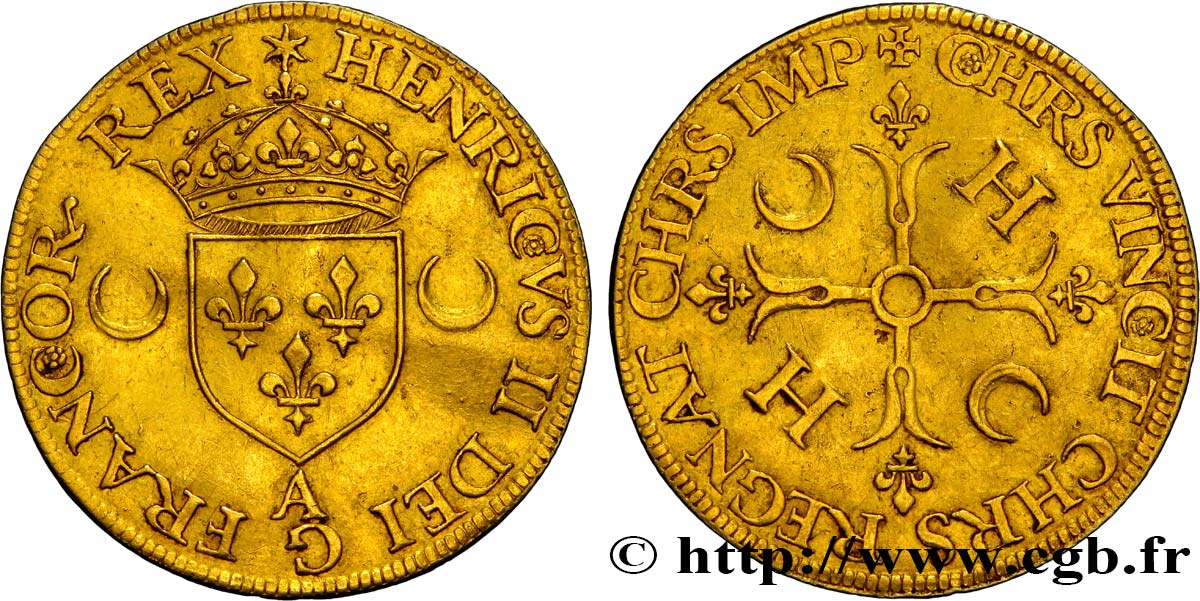
 Berichten über einen Fehler
Berichten über einen Fehler Die Seite drucken
Die Seite drucken Teilen meiner Auswahl
Teilen meiner Auswahl Stellen Sie eine Frage
Stellen Sie eine Frage Einlieferung/Verkauf
Einlieferung/Verkauf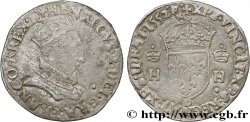
 Details
Details